
Echeveria cante Photo by: Valentino Vallicelli
Origin and Habitat: Mexico Northeast (Zacatecas).
Type Locality: Between Sombrerete and Fresnillo, c. 40km NW of Fresnillo, about 1km W of highway 45, 23 28 N, 103 01 W
Synonyms:
Description: Echeveria canteSN|12350]]SN|22248]] is a very beautiful species related with Echeveria subrigidaSN|12347]]SN|12347]], which occurs a considerable distance away to the south and the southeast. It differs from E. subrigida in its greater number of farinose rather than glaucous to pruinose leaves, which are narrower and thicker as well as generally longer than those of E. subrigida and the flowers are distinctly different. It was only recently named though the plant has long been in cultivation misnamed as a form of Echeveria subrigidaSN|12347]]SN|12347]] or under the name Echeveria roseiSN|22248]]SN|12350]]. The new name name honors the Cante Institute and Botanic Garden in San Miguel de Allende, Guanajuato, Mexico
Rosettes: Very large solitary, but occasionally make a few offsets, stemless, that can grow to be quite large as echeverias (about 30-40 cm in diameter)
Leaves: 35-50 (or more in large mature specimens), 15-18 cm long, 6,5-7,5 cm large, flat to slightly concave above, slightly convex below, without keel, pale bluish-green tinged lavender, with a thick powdery whitish lavender coating and with a milky opalescent quality and often with a fine narrow pink-red edge along the leaf margin, and the whole rosette can be tinted lavender under some growing conditions.
Inflorescence: Stalk erect. pruinose reddish, usually solitary 45-60 cm long, with about 5 branches 3-8 cm apart, each with 4-12 flowers; bearing grey leaf bracts soon drying and falling.
Pedicels: 4-17 mm long and 4 mm thick.
Flowers: About. 23 mm long; tube pruinose greyish-lavender, petals 20 mm long, 6-8 mm wide pruinose orange-pink outside, inner surface yellowish.
Stamens: 10 closely appressed to petals with pale yellow pollen.
Stigma: Pale yellowish in lower half, upper half dark red.
Nectaries: Yellowish tinged pink.
Blooming season: Late summer.
Bibliography: Major referencens and further lectures
1) Eric Walther “Echeveria” California Academy of Sciences, 1972
2) Hermann Jacobsen “A handbook of succulent plants: descriptions, synonyms, and cultural details for succulents other than Cactaceae, Volume 1” Blandford Press, 1960
3) Alfred Byrd Graf “Exotica, series 4 international: pictorial cyclopedia of exotic plants from tropical and near-tropic regions” Roehrs Co. Publishers, 1985
4) John Pilbeam “The Genus Echeveria” British Cactus & Succulent Society, 2008
5) James Cullen, Sabina G. Knees, H. Suzanne Cubey “The European Garden Flora Flowering Plants:A Manual for the Identification of Plants Cultivated in Europe, Both Out-of-Doors and Under Glass” Cambridge University Press, 11/ago/2011
7) Diana Morgan “Succulents for Mediterranean Climate Gardens” Rosenberg Publishing Pty, Limited, 2004
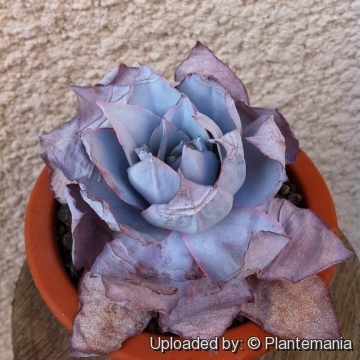 Echeveria cante Photo by: © Plantemania
Echeveria cante Photo by: © Plantemania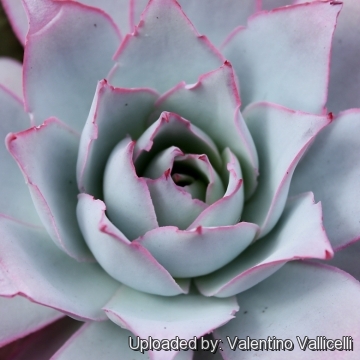 Echeveria cante Photo by: Valentino Vallicelli
Echeveria cante Photo by: Valentino Vallicelli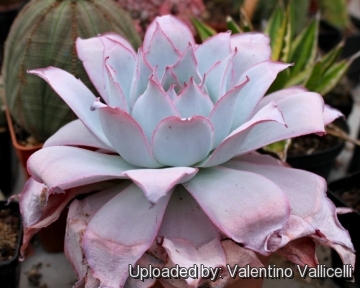 Echeveria cante Photo by: Valentino Vallicelli
Echeveria cante Photo by: Valentino Vallicelli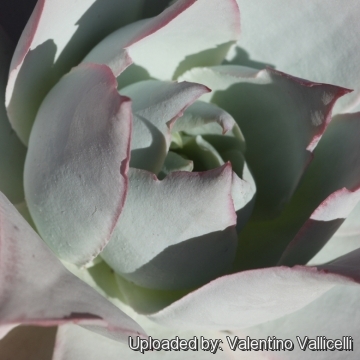 Echeveria cante Photo by: Valentino Vallicelli
Echeveria cante Photo by: Valentino Vallicelli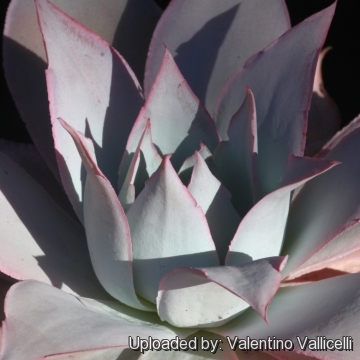 Echeveria cante Photo by: Valentino Vallicelli
Echeveria cante Photo by: Valentino Vallicelli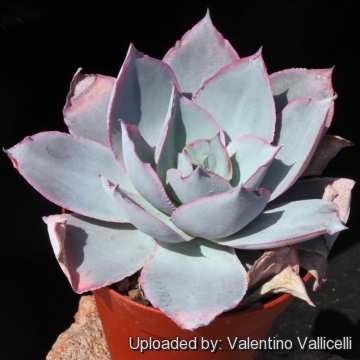 Echeveria cante Photo by: Valentino Vallicelli
Echeveria cante Photo by: Valentino Vallicelli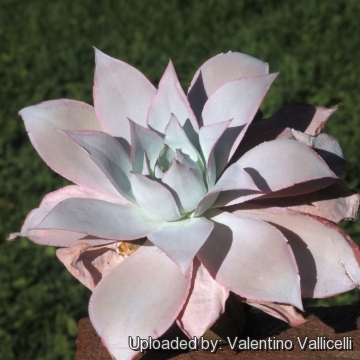 Echeveria cante Photo by: Valentino Vallicelli
Echeveria cante Photo by: Valentino VallicelliSend a photo of this plant.The gallery now contains thousands of pictures, however it is possible to do even more. We are, of course, seeking photos of species not yet shown in the gallery but not only that, we are also looking for better pictures than those already present.
Read More... Cultivation and Propagation: Echeveria canteSN|22248]]SN|22248]] is a summer-growing and relatively easy plant thought not the easiest of the echeverias. It makes great potted specimens.
Soil: Use a very porous soil, which will allow quick drainage.
Repotting: If potted, repot them preferably in the spring, if their roots become cramped. Generally, they should be repotted every other year in order to provide fresh soil. However, this doesn't necessarily mean they'll need larger containers. Fill about a quarter of the pot with broken crocks, gravel, etc. to promote good drainage. After repotting, do not water for a week or more. Use pot with good drainage. Eventually, as the plant becomes mature grow it slowly, and adopt a new repotting period, using intervals of every 2 - 3 years. Additionally grow it under drier conditions or with stronger sunlight.
Fertilization: Slow release fertilisers with a low to moderate nitrogen content are adequate for the spring and summer growing seasons, and additional fertiliser applications would not required until spring.
Exposure: It can tolerate sun to shade but - generally speaking - the more light a plant gets the better it will display its colours and shape. However, when moving plants from lower light conditions into full sun, be wary of sun scorch, most easily avoided by ensuring plants are well-watered before moving them on a cloudy day.
Watering: They can tolerate extended dry periods and survive drought without the need for watering, but they will grow stronger if they receive adequate moisture during their growing season, and never allowing the plant to remain waterlogged (root rot sensitive).
Ventilation: Good air movement is important for minimising pest and disease risks, and avoiding excessive humidity in cool winter conditions is important to successfully growing Echeveria in the nursery environment.
Hardiness: It can tolerate light frosts, but it is best overwintered at 5-10 °C.
With the cooler autumn temperatures tending to make their foliage colours become more intense than those of the active summer growing season.
Pest & disease: Aphids like this plant (and all flowering Echeveria).
Maintenance: Remove older dead leaves that build up at the base.
Propagation: Usually by seeds. If the plant is repotted some of the bottom leaves can be removed, in order to attempt leaf propagation, it is also a common practice to collect the leaves on the flower stem. However this is not one of the easiest species to root, as many such cuttings will dry out without producing a plantlet, but with perseverance it is likely to get a few new plants.

















